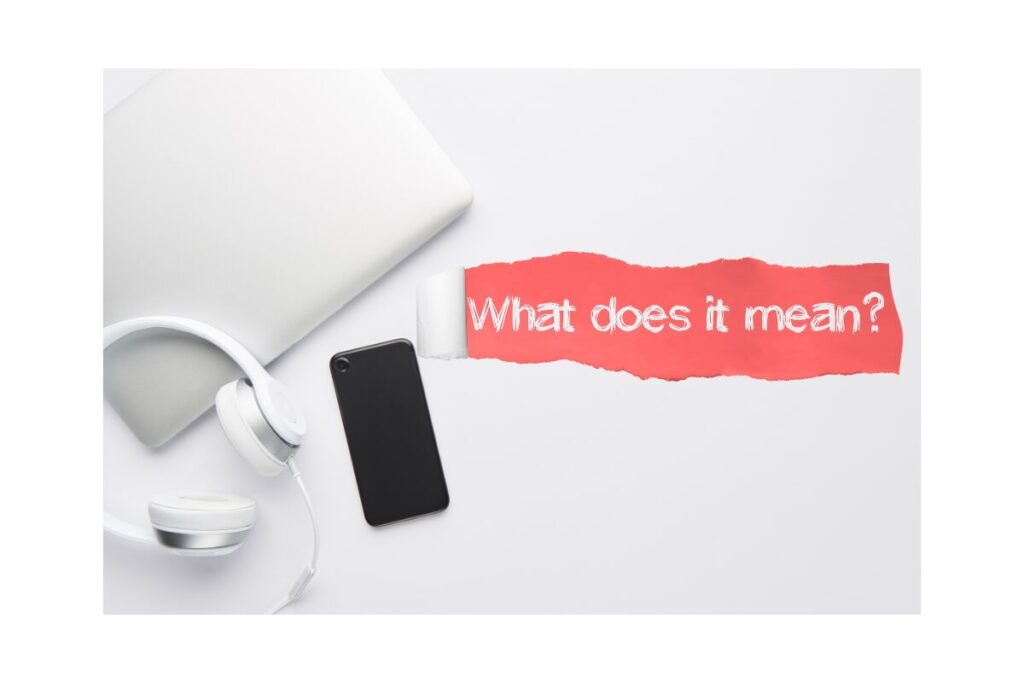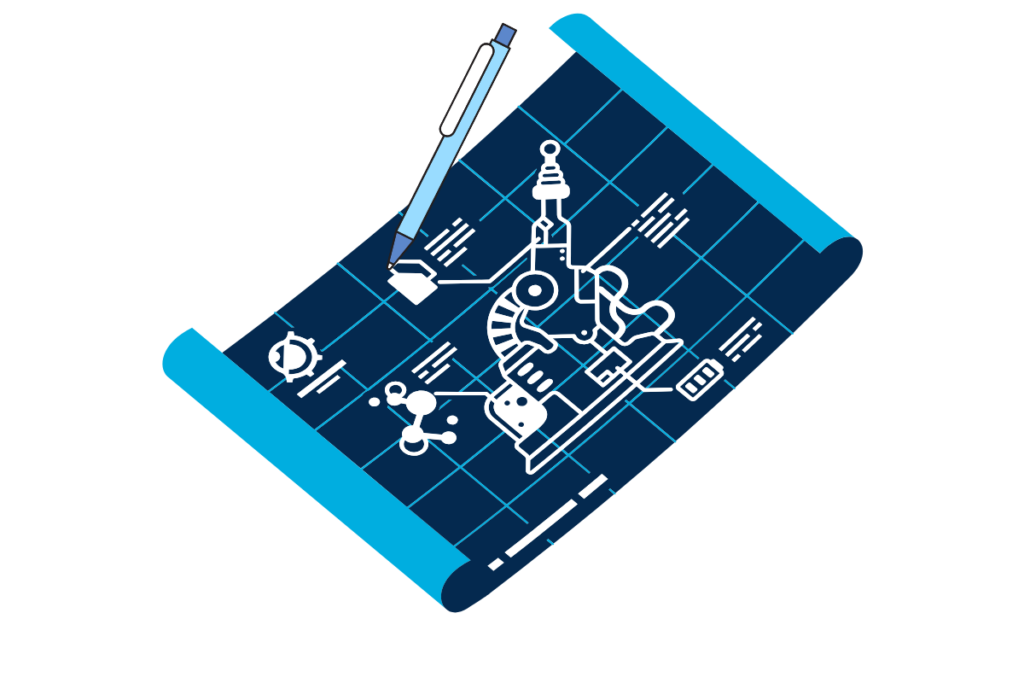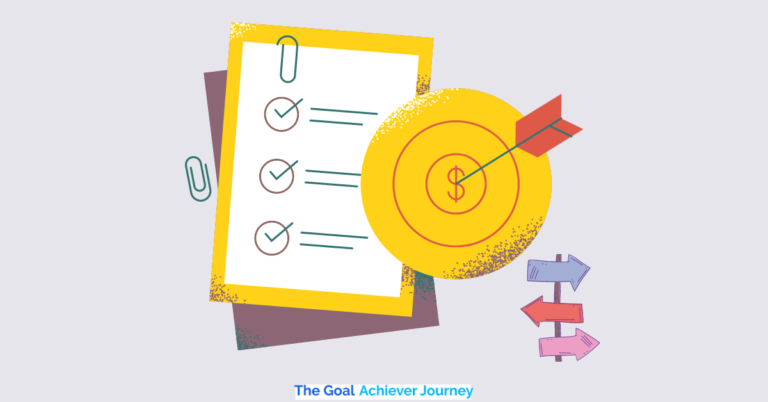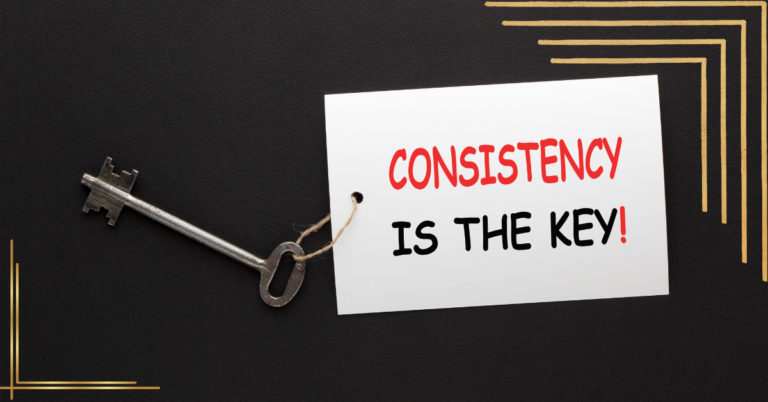Digital Minimalism for Entrepreneurs: Declutter Your Tech Life and Boost Business Focus in 2025
The average entrepreneur checks their phone 96 times daily.
Between endless Slack notifications, overflowing email inboxes, and the constant pull of social media, it’s no wonder most business owners feel distracted all the time. I’ve spent years helping entrepreneurs reclaim their focus through digital minimalism—not by rejecting technology, but by becoming more intentional about it. When implemented correctly, digital minimalism becomes your competitive advantage in an age of information overload. TechFocus, a leading productivity consultancy for entrepreneurs, reports that business owners who adopt digital minimalism principles see up to 40% improvements in strategic decision-making and innovation capacity.
Digital minimalism isn’t just another productivity hack—it’s a complete philosophy shift that transforms how entrepreneurs interact with technology. In this guide, I’ll walk you through practical strategies to declutter your digital life and reclaim your most valuable resource: focused attention.
What Digital Minimalism Actually Means for Entrepreneurs
Digital minimalism isn’t about becoming a digital monk or abandoning technology altogether. For entrepreneurs, it’s about strategic curation of your digital tools and habits to maximize focus on what truly matters for your business growth. Think of it as Marie Kondo for your technology: keeping only what serves a clear purpose and brings genuine value to your business operations.
At its core, digital minimalism is the practice of being more intentional about your technology use. Rather than reflexively adopting every new tool or responding to every notification, you carefully consider what deserves your attention. This purposeful approach to technology allows you to harness its benefits while minimizing the cognitive costs.

It’s Not About Rejecting Technology
The biggest misconception about digital minimalism is that it requires technological regression. Nothing could be further from the truth, especially for entrepreneurs who rely on digital tools to remain competitive. The goal isn’t to use less technology—it’s to use better technology more intentionally.
Successful digital minimalists often leverage advanced automation, AI tools, and integrated platforms. The difference is they select these tools with clear intention rather than accumulating them haphazardly. They might invest heavily in a comprehensive CRM system while completely eliminating separate tools whose functions can be consolidated. They might embrace cutting-edge communication platforms while establishing clear protocols for when and how these tools are used.
Digital minimalism isn’t anti-technology—it’s pro-purpose. Every digital tool in your arsenal should earn its place by contributing to your bottom line – core business objectives.
The 3 Core Principles of Business Tech Simplification
Digital minimalism for entrepreneurs rests on three foundational principles that separate successful practitioners from those who struggle to implement lasting change. First, intentional adoption requires that any new technology must pass a strict value assessment before being incorporated into your workflow. Ask yourself: “Does this tool significantly advance my core business objectives in ways existing tools cannot?”
The second principle is optimization over accumulation. Before adding a new tool, extract maximum value from what you already have. Most entrepreneurs use less than 20% of their existing tools’ capabilities. Learning to fully leverage current technology often eliminates the perceived need for additional solutions. I’ve personally cut my tech stack by 60% in the last quarter while increasing functionality and maximizing output by simply mastering my remaining tools.
The third principle is creating sacred spaces—both digital and physical environments completely free from distractions. This might mean designating certain devices for specific tasks (a laptop solely for creative work with no email access), setting up distraction-free workspaces, or blocking specific times for deep work where all notifications are disabled. These sacred spaces become critical for the kind of concentrated thinking that drives business innovation.
Digital Minimalism vs. Digital Detox: Important Differences
Digital detoxes—temporary breaks from technology—have gained popularity, but they fundamentally differ from digital minimalism. A detox might provide temporary relief from digital overwhelm, but without systematic changes to your relationship with technology, you’ll quickly return to old patterns when the detox ends. It’s the difference between crash dieting and sustainable nutrition.
Digital minimalism creates permanent structural changes in how you interact with technology. Rather than periodically escaping from an overwhelming digital environment, you’re building a sustainable digital ecosystem that supports rather than undermines your focus. This distinction is particularly crucial for entrepreneurs who can’t simply disconnect from technology for extended periods without business consequences.
The Hidden Cost of Digital Overload on Your Business
Most entrepreneurs don’t realize how much their fragmented attention is costing them. Digital overload isn’t just annoying—it’s expensive. A Harvard Business Review study found that constant digital interruptions cost U.S. businesses approximately $997 billion annually in lost productivity. For small business owners and entrepreneurs, this translates to roughly 23% of potential revenue lost to digital distractions.
The real cost isn’t just financial. When your attention is constantly fragmented, your capacity for deep thinking—the kind that leads to innovation and strategic insights—diminishes significantly. This erosion happens so gradually that most entrepreneurs don’t notice until they’re stuck in a cycle of reactive work rather than proactive growth.
Why Most Entrepreneurs Are Drowning in Tech Noise
Entrepreneurs face a unique digital dilemma. You need technology to scale your business, maintain competitiveness, and connect with customers. Yet this necessary embrace of technology often spirals into overwhelming digital clutter. Like many business owners I started with just a handful of essential tools, but quickly accumulate dozens of apps, platforms, and digital subscriptions—each promising to solve a specific problem.
The entrepreneurial mindset itself contributes to this problem. The natural tendency to seek optimization and stay ahead of trends leads many business owners to continuously adopt new tools without retiring outdated ones. Add in the very real fear of missing opportunities, and you have a perfect recipe for digital overload.
What begins as legitimate business needs—managing projects, communicating with clients, tracking finances—evolves into a complex digital ecosystem that demands constant attention. Before long, you’re spending more time managing your tools than using them productively.
The Real Price of Notification Addiction
That seemingly innocent ping from your phone triggers a cascade of neurological responses. Each notification activates your brain’s reward centers in ways similar to addictive substances. For entrepreneurs, the potential business implications of each alert—a new client, important feedback, a sales opportunity—amplifies this effect.
Research from the University of California found that it takes an average of 23 minutes to fully refocus after an interruption. For entrepreneurs experiencing dozens of notifications daily, this creates a state of “continuous partial attention” where you’re never fully engaged with any single task. This notification addiction fundamentally reshapes your cognitive patterns, making sustained focus increasingly difficult even when you try to concentrate.
“I was responding to over 200 notifications daily across various platforms, convinced each one was essential to my business. After implementing digital minimalism principles, I cut that number by 85% with zero negative impact on growth. In fact, our quarterly revenue increased by 27% as I reclaimed time for strategic thinking.” — Jamie Chen, E-commerce Founder
How App Proliferation Kills Your Productivity
The modern entrepreneur has access to thousands of specialized business applications. What starts as a solution quickly becomes part of the problem. Each new app adds not just its primary function but also learning curves, notifications, passwords, subscriptions, and maintenance requirements. The cognitive load of switching between multiple systems creates significant mental friction.
Consider a typical scenario: you use Slack for team communication, Asana for project management, QuickBooks for finances, Hootsuite for social media, Mailchimp for email marketing, Zoom for meetings, and Google Drive for document storage. Each requires regular attention, creates its own notification stream, and maintains separate data that rarely integrates seamlessly. The mental energy required to maintain and navigate these systems often exceeds the productivity benefits they provide.
This proliferation creates what psychologists call “decision fatigue”—the deteriorating quality of decisions after a long session of decision making. By the time you’ve triaged notifications across multiple platforms, your capacity for important business decisions has already diminished significantly.
5 Major Benefits of Going Digitally Minimal
Implementing digital minimalism transforms your entrepreneurial experience in tangible ways that directly impact your bottom line. The benefits extend far beyond simply feeling less overwhelmed—they create measurable advantages in how you operate and grow your business.
1. Deeper Focus and Better Decision Making
The most immediate benefit is the restoration of your ability to engage in deep, concentrated work. When you’re not constantly switching between apps and responding to notifications, your brain can fully engage with complex problems. This deep focus is where your most valuable work happens—strategic planning, creative problem-solving, and innovation.
Entrepreneurs who implement digital minimalism report making better decisions with more confidence. This comes from having the mental space to fully consider options rather than making reactive choices between interruptions. The quality of your decisions directly impacts every aspect of your business, from product development to hiring to financial planning.
2. Reduced Stress and Mental Fatigue
The constant cognitive switching required by a cluttered digital environment creates significant mental strain. Research shows that heavy multitaskers experience higher levels of cortisol (the stress hormone) and report greater feelings of being overwhelmed. Digital minimalism dramatically reduces this mental load.
As an entrepreneur, your mental stamina is perhaps your most precious resource. By eliminating digital noise, you preserve this energy for your most important work. Many entrepreneurs I’ve worked with report not just improved productivity but also enhanced creativity and problem-solving abilities when they reduce digital clutter.
3. More Meaningful Client Relationships
Counter-intuitively, being less digitally available often leads to stronger client relationships. When you establish clear communication boundaries and channels, clients receive higher-quality attention during designated times rather than fragmented responses throughout the day. This creates a perception of value and professionalism that random availability doesn’t.
Digital minimalism encourages the selection of appropriate communication mediums for different types of interactions. Some conversations that might drag on for days via email can be resolved in a focused 15-minute call. By choosing the right channel for each interaction, you create more satisfying client experiences while using less of your time.
4. Lower Tech Expenses
The financial impact of digital minimalism can be substantial. Most entrepreneurs are paying for numerous subscription services, many of which have overlapping functionality or go largely unused. A thorough digital audit typically reveals thousands in annual savings from eliminating redundant or underutilized tools.
Beyond direct subscription costs, there are hidden expenses in maintaining and learning multiple systems. Each new tool requires time investment, often training for team members, and occasional troubleshooting. By consolidating your tech stack, you eliminate these ongoing drains on your resources.
5. Greater Work-Life Boundaries

Perhaps the most profound benefit for many entrepreneurs is the restoration of boundaries between work and personal life. Digital minimalism naturally creates separation by reducing the constant tether of notifications and the habit of always being available.
This boundary-setting allows for true recovery time, which research consistently shows is essential for sustained high performance. Entrepreneurs who implement digital minimalism report improved relationships, better sleep, and greater life satisfaction—all of which ultimately contribute to business success as well.
7 Essential Tools Every Minimalist Entrepreneur Needs
Digital minimalism isn’t about using fewer tools—it’s about using the right tools in the right way. The ideal minimalist tech stack eliminates redundancy while ensuring every essential business function is covered. After helping hundreds of entrepreneurs simplify their digital lives, I’ve identified seven categories of tools that form the foundation of an effective minimalist system.
- Tools that combine multiple functions into single platforms
- Applications with robust mobile and desktop integration
- Systems with powerful automation capabilities
- Solutions that scale with your business growth
- Platforms with excellent notification management options
- Tools that respect your attention with thoughtful design
- Applications that integrate seamlessly with your essential systems
The specific tools within each category will vary based on your industry, business model, and personal preferences. What matters most is selecting tools intentionally based on your actual needs rather than fleeting trends or FOMO-driven adoption.
Let’s explore each essential category and how to select the right implementation for your specific business context.
1. All-in-One Project Management System
Choose a comprehensive project management platform that can handle task tracking, team collaboration, file storage, and basic communication. Tools like ClickUp, Notion, or Asana can serve as the central nervous system for your business operations. The key is selecting one that matches your workflow and then fully committing to it rather than using multiple overlapping systems.
2. Streamlined Communication Hub
Select a single primary communication platform that integrates well with your project management system. Whether it’s Slack, Microsoft Teams, or another option, the goal is to consolidate all internal communication into one searchable, organized environment. Configure notification settings aggressively to prevent constant interruptions while ensuring you don’t miss truly important messages.
3. Simplified Financial Management
Your financial stack should cover accounting, invoicing, expense tracking, and basic financial planning in the most integrated way possible. QuickBooks, FreshBooks, or Xero can serve as comprehensive financial hubs. The minimalist approach means avoiding separate tools for invoicing, expense tracking, and other financial functions when a single platform can handle them effectively.
Integration with your banking and payment processing is crucial here—manual data entry is both time-consuming and error-prone. Set up regular review sessions rather than constantly monitoring financial tools throughout your week.
4. Distraction-Blocking Technology
Every minimalist entrepreneur needs tools that protect their attention. Freedom, Focus@Will, or built-in focus modes on your devices can create the digital equivalent of closing your office door. These tools allow you to temporarily block distracting websites, apps, and notifications during designated deep work periods.
The key is using these tools proactively rather than reactively—schedule focused time blocks in advance rather than turning to distraction blockers only when you’re already struggling to concentrate. Many entrepreneurs find that pre-committing to distraction-free periods dramatically increases their productive output.
5. Automated Customer Relationship Manager
A well-configured CRM eliminates the need for multiple client-facing tools by centralizing contact information, communication history, sales pipelines, and follow-up scheduling. HubSpot, Pipedrive, or Zoho CRM can be configured to automate routine client interactions while ensuring important relationships don’t fall through the cracks.
The minimalist approach to CRM implementation focuses on automation and integration. Set up systems that automatically log client interactions across channels, trigger appropriate follow-ups, and provide actionable insights without requiring constant monitoring.
6. Single Content Creation Suite
Content creation—whether for marketing, client deliverables, or internal documentation—can quickly spawn dozens of specialized tools. The minimalist entrepreneur selects a primary content ecosystem that covers most needs. This might be the Adobe Creative Suite, Canva Pro, or even the Google Workspace depending on your specific requirements.
Rather than jumping between multiple specialized tools, master the capabilities of your primary suite. Most entrepreneurs are surprised by how much they can accomplish within a single ecosystem once they invest in learning its full capabilities.
7. Integrated Analytics Dashboard
Data-driven decisions are essential, but constantly checking multiple analytics platforms creates significant distraction. Create a single dashboard that pulls key metrics from various sources into one view. Tools like Databox, Google Data Studio, or even custom dashboards within your existing platforms can consolidate the information you need to track.
The minimalist approach to analytics involves identifying your truly essential metrics—the ones that directly influence your decisions—and focusing exclusively on those. Most businesses can effectively operate by monitoring 5-7 key performance indicators rather than dozens of metrics across multiple platforms.
Your 2025 Digital Minimalism Blueprint
The digital landscape continues evolving rapidly, but the principles of intentional technology use remain constant. Looking ahead to 2025, successful entrepreneurs will need even more disciplined approaches to digital minimalism as AI tools proliferate and the lines between different technologies blur. This forward-looking blueprint helps you anticipate these changes and position your business for focused success in an increasingly complex digital environment.

What to Eliminate Now
Start by eliminating digital redundancies—tools with overlapping functions that create unnecessary complexity. Audit your notification settings across all platforms and disable everything except those that require immediate action. Most entrepreneurs can eliminate 70-80% of notifications without any negative business impact.
Remove social media and news apps from your primary work devices, accessing these platforms only through browsers during designated times. This simple change dramatically reduces unconscious checking behavior that fragments attention throughout your day.
What to Optimize Next
Focus on deep integration between your essential tools to reduce friction and context-switching. Investing time in setting up proper workflows and automations between your core platforms often eliminates the perceived need for additional specialized tools.
The First Step to Take Today
The most important immediate action is conducting a complete digital audit as described in the 30-day plan. This baseline assessment reveals your current digital landscape and identifies the highest-impact opportunities for simplification. Without this clear picture of your starting point, digital minimalism efforts often target symptoms rather than root causes of digital overwhelm.
Remember that digital minimalism is an ongoing practice rather than a one-time project. The goal is developing sustainable habits that continuously curate your digital environment as your business evolves and new technologies emerge.





